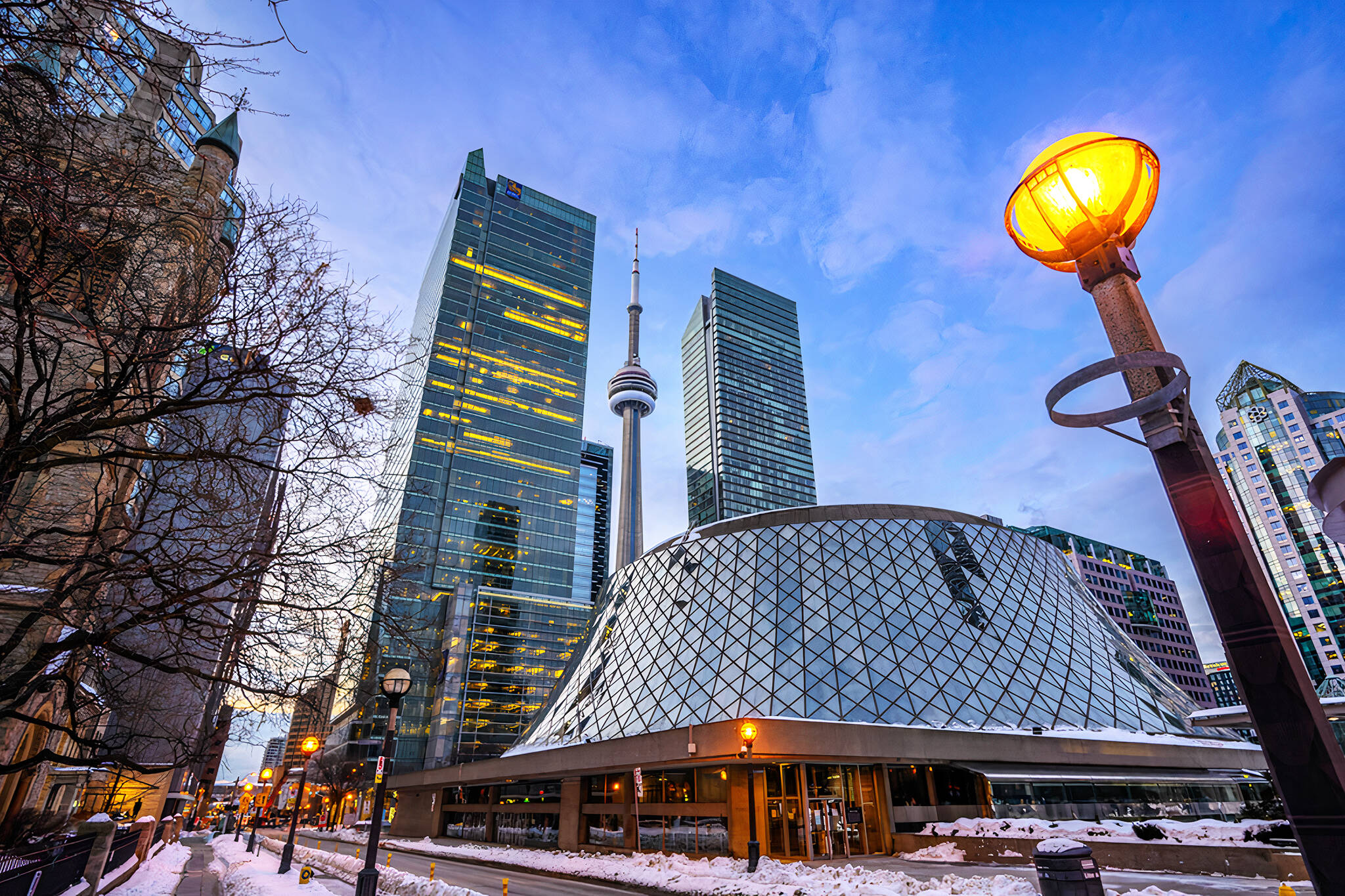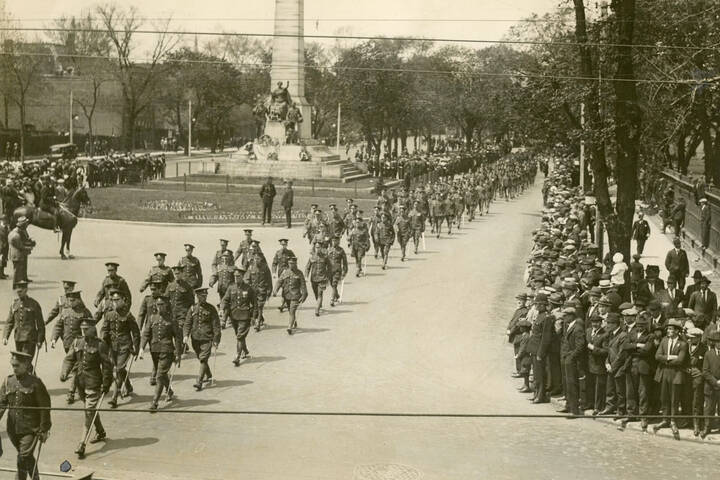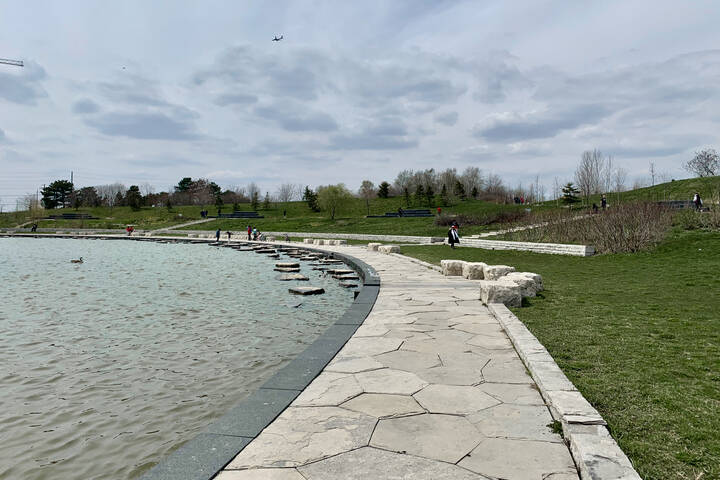
These are the Toronto neighbourhoods seeing the largest population growth
While Toronto has indeed witnessed a record-high decline in its population over the course of the pandemic — losing nearly 65,000 people from July 2020 to 2021 — the metropolis has predictably also seen its numbers grow rapidly over a longer course of recent years, moreso in some neighbourhoods than others.
COVID-19 lockdowns killed many of the usual incentives to city life, and the work-from-home trend pushed people to seek out more space for cheaper prices in small towns and even other Canadian cities.
It’s almost like the cost of living is unsustainable 🤔🤔
— Brado (@Truth_ssbm) January 14, 2022
While this drove up real estate prices in nearby locales, nothing compares to the costs of living in Canada's largest city, which is also now its most expensive for houses with prices continuing to break records each month.
But, being the hub for so many industries and the locus of so much activity as it is, Toronto is still drawing people from all over.
According to the latest Statistics Canada census data, the city overall only saw population growth of 2.3 per cent from 2016 to 2021, with the Toronto census metropolitan area surpassing six million for the first time ever.
But the central downtown core in particular saw a much larger spike in residents within that timespan, of a whopping 16.1 per cent.
Population change by census tract, 2016-2021, looking at the former (old) City of Toronto.
— Gil Meslin (@g_meslin) February 9, 2022
Green = ⬆️ 50 or more
Red = ⬇️ 50 or more
Grey = flat pic.twitter.com/PcKSupWyut
While there is strong growth in farther-off Ontario towns like Wasaga Beach and Collingwood, as well as within the GTA in York and Durham regions, some closer cities actually saw populations fall in the last five years — such as Mississauga, which saw a drop of 0.5 per cent, similar to the slow growth on the outskirts of Toronto's downtown core.
Though Etobicoke, and parts of North York and Scarborough did see an increase in residents rather than a decline, it seems that overall, people prefer to be either in the centre of the city or farther away, perhaps attracted to one extreme or the other when it comes to prices and action.
Stepping back, here is the population change, by census tract, for the whole (amalgamated) city. If you zoom in, population change figures are on the map.
— Gil Meslin (@g_meslin) February 9, 2022
👀 northeast TO. pic.twitter.com/TbUzzVfZHt
The specific T.O. neighbourhoods that saw the highest growth over the last five years were Liberty Village and the Fashion District, St. Lawrence and the Distillery District, and the centre of Old Toronto, followed by central Noth York and portions of South Etobicoke.
On the flip side, northern and eastern Scarborough, East York, the northern edge of North York, York Mills area and the swaths directly around the central downtown core (including Parkdale, Bellwoods, Little Italy, Koreatown, the Junction, Rosedale, Leslieville, Regent Park and more) saw numbers plummet the most.
Latest Videos
Latest Videos
Join the conversation Load comments







